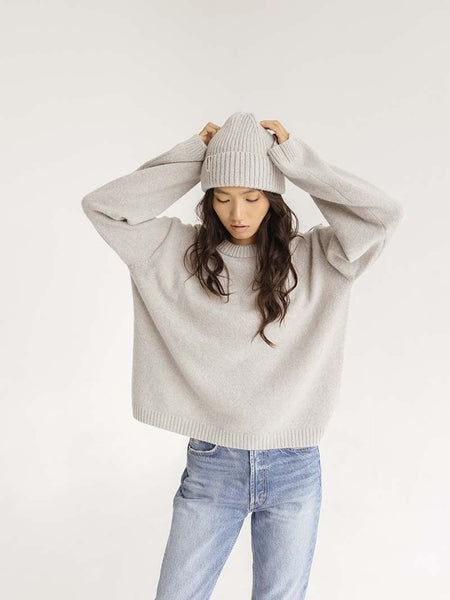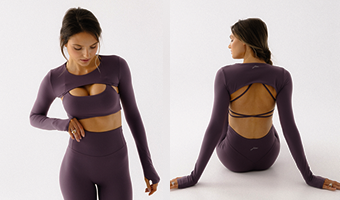Merino wool – properties, advantages and how to care for it?
Many people don't realize the many benefits of merino wool. What's more, it's fantastic not only in winter! Why should clothes made from this material be a staple in every wardrobe? Find out why merino wool clothing is so prized!
Merino wool – definition and origin
Merino is wool from the merino sheep, a breed of sheep found primarily in the New Zealand Alps. The animals must contend with harsh and unfavorable weather conditions there. Merino sheep adapted to the harsh and demanding climate thanks to their wool, which adjusted to temperature and weather conditions, and their flexible, thin fibers expanded and contracted easily.
Simultaneous protection against cold and heat makes merino clothing exceptionally functional and versatile.
Merino wool – properties and advantages
The most important characteristic of merino wool is its thermoregulation , or the aforementioned ability to adapt to changing weather conditions. However, this is not its only advantage. Other advantages of the material include:
- breathability and airiness – ensures air circulation and effective moisture removal;
- antibacterial – this type of wool is resistant to the development of bacteria and fungi;
- softness and lightness – thin fibers are pleasant to the skin and the clothes are comfortable to wear;
- high hygroscopicity – merino absorbs moisture without losing the effectiveness of its thermoregulatory functions.
Merino wool – uses and types
Due to its diverse properties, merino wool is perfect for a variety of situations. The most popular are undoubtedly sweaters and winter clothing . They comfortably hug the skin, providing warmth and providing a very comfortable and stylish solution.
Merino wool's high functionality also makes it suitable for use in hiking and outdoor clothing. It guarantees effective protection even in very low temperatures and extreme weather conditions . This is why merino wool is a popular choice for those who enjoy sports and various outdoor activities.
For example, merino socks are great for trekking not only because of their thermoregulation but also because they wick away moisture . Other types of clothing often used for sports and recreation include T-shirts, hats , gloves, and thermal underwear. It's worth noting, however, that outdoor clothing can be dominated by merino, but it doesn't have to be – there are plenty of products containing other, synthetic materials, such as elastane.
In summer, choosing clothes containing merino wool can benefit from its thermoregulatory properties. This not only provides adequate circulation but also UV protection thanks to its UPF filter.

Merino wool – care and storage
Another advantage of merino wool is that it doesn't absorb unpleasant odors . Washing frequency depends on the degree of soiling, the appearance of visible stains, and the purpose for which the garment is worn (e.g., sportswear). The more intense the activity, the greater the likelihood that cleaning will be necessary.
In many cases, airing merino wool is enough to refresh it. Outdoor clothing can be washed both by hand and in a washing machine, following the manufacturer's instructions on the care label. It's also worth remembering to turn the garment inside out.
Here are the most important rules for washing merino clothes:
- the temperature should not exceed 30°C;
- set a low spin speed (no more than 400 revolutions) or completely omit it;
- use gentle detergents, preferably products dedicated to this type of wool.
Merino wool fabric – comparison with other materials
Merino wool's antibacterial properties mean it doesn't need to be washed as often as other materials. Furthermore, it doesn't wrinkle or require ironing, and thanks to its high fiber twist, it adapts perfectly to the body. Many other types of wool, such as those from mountain sheep, are not pleasant to the touch.
Merino sweaters don't irritate the skin and are suitable for people with allergies . Outdoor clothing made primarily of synthetic materials, such as polyester, isn't breathable and lacks thermoregulation.
The quality of merino wool sets it apart from other materials, but this translates into a higher price. By choosing this type of clothing, you're investing in a high-quality product . Regardless of your activity, whether you wear merino wool clothing every day or for mountain trekking, you'll improve your overall comfort, even during intense exertion.


